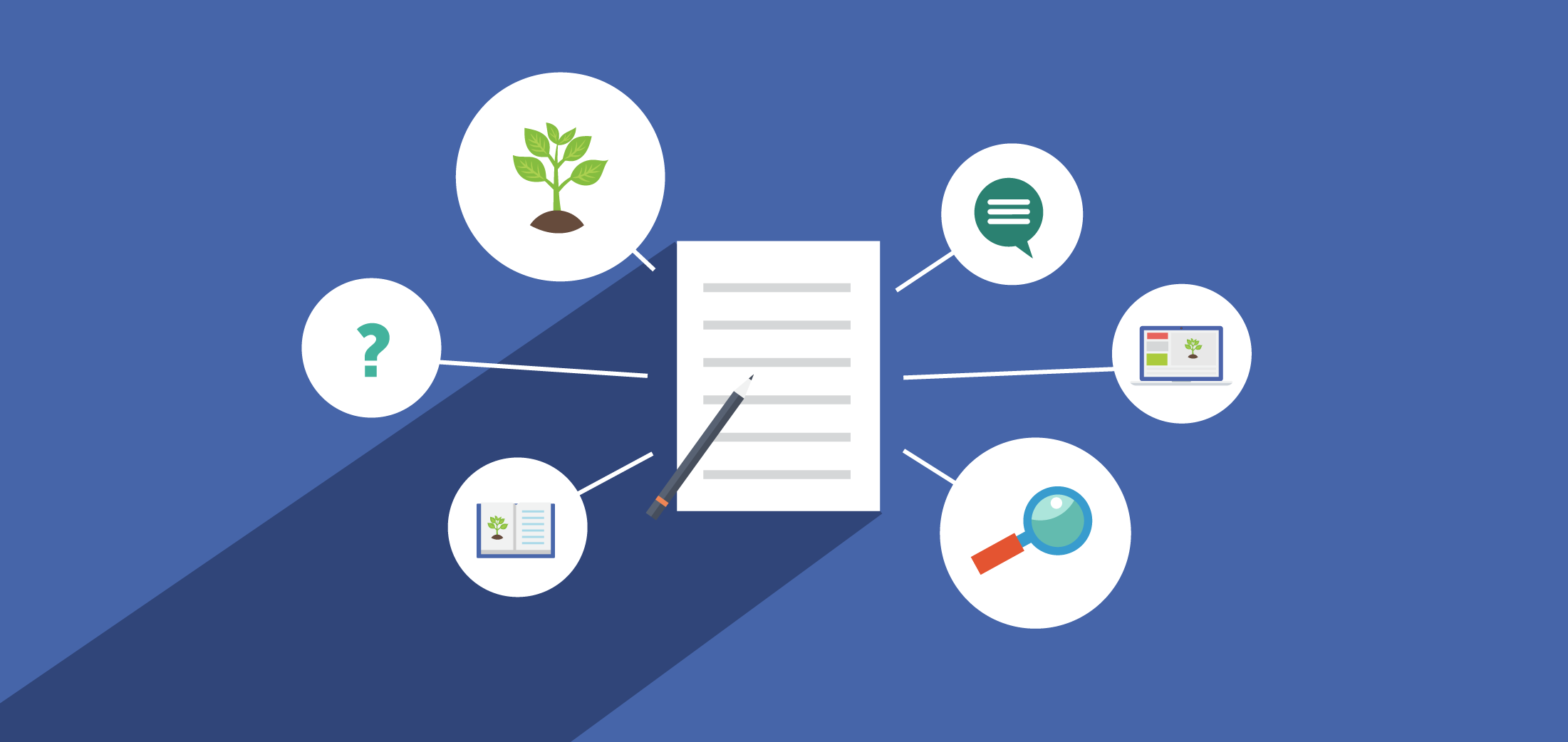

Instead, good literacy instruction is organized around authentic tasks to which the use of reading, writing, and academic language are integral. In the context of engaging tasks that authentically need literacy resources, students can develop and expand their literacy skills without even noticing that they are practicing and mastering them.
What are some examples of this kind of literacy instruction?
Instructional programs that are built around engaging tasks have been shown to be successful, such as John Guthrie’s CORI program, the Lawrence Hall of Science’s Seeds of Science, Roots of Reading program, Reading Apprenticeship, SERP’s Word Generation, and an approach for struggling readers called STARI. All of these programs incorporate some explicit instruction, but they make clear how focusing in on the specific skills serves the larger purpose of accomplishing a dynamic, useful task.
Programs like those mentioned above are much more engaging for students than programs focused on building component skills one-by-one. These programs build decoding, fluency, comprehension, language, and interpretation skills in context, while students are focused on accomplishing a task that they care about. Students who learn literacy skills through programs like these are focused on real learning and authentic communication – achieving goals that provide enjoyment and satisfaction. The component reading skills come along for free.
This answer was developed in partnership with Usable Knowledge at the Harvard Graduate School of Education.
Instead, good literacy instruction is organized around authentic tasks to which the use of reading, writing, and academic language are integral. In the context of engaging tasks that authentically need literacy resources, students can develop and expand their literacy skills without even noticing that they are practicing and mastering them.
What are some examples of this kind of literacy instruction?
Instructional programs that are built around engaging tasks have been shown to be successful, such as John Guthrie’s CORI program, the Lawrence Hall of Science’s Seeds of Science, Roots of Reading program, Reading Apprenticeship, SERP’s Word Generation, and an approach for struggling readers called STARI. All of these programs incorporate some explicit instruction, but they make clear how focusing in on the specific skills serves the larger purpose of accomplishing a dynamic, useful task.
Programs like those mentioned above are much more engaging for students than programs focused on building component skills one-by-one. These programs build decoding, fluency, comprehension, language, and interpretation skills in context, while students are focused on accomplishing a task that they care about. Students who learn literacy skills through programs like these are focused on real learning and authentic communication – achieving goals that provide enjoyment and satisfaction. The component reading skills come along for free.
This answer was developed in partnership with Usable Knowledge at the Harvard Graduate School of Education.